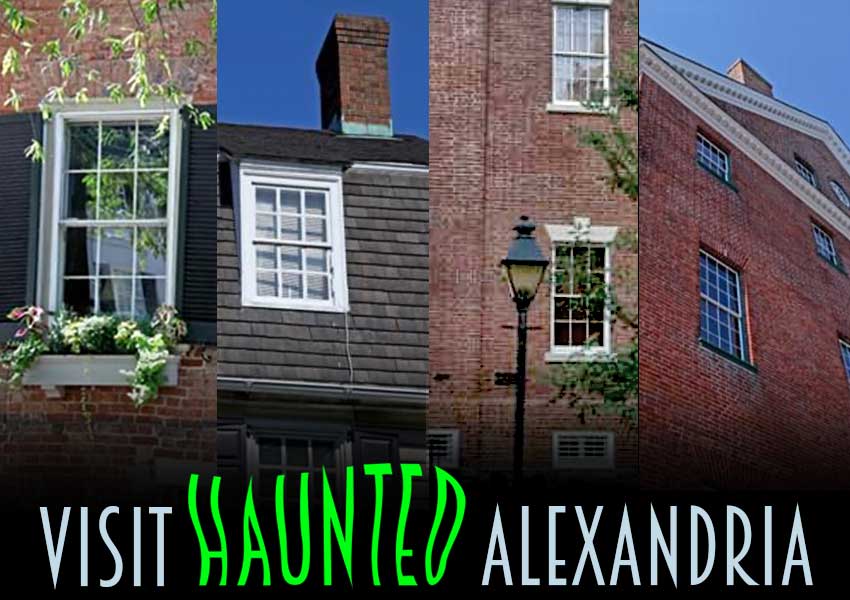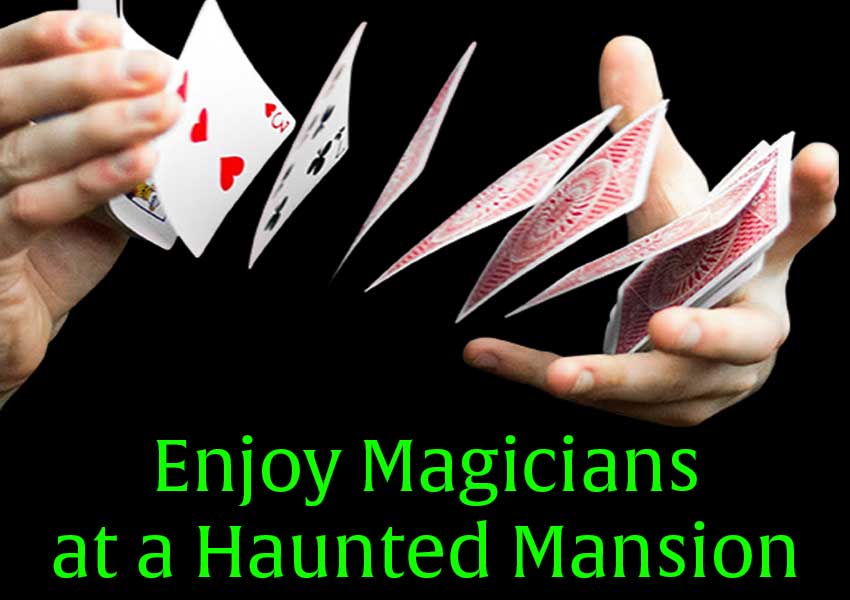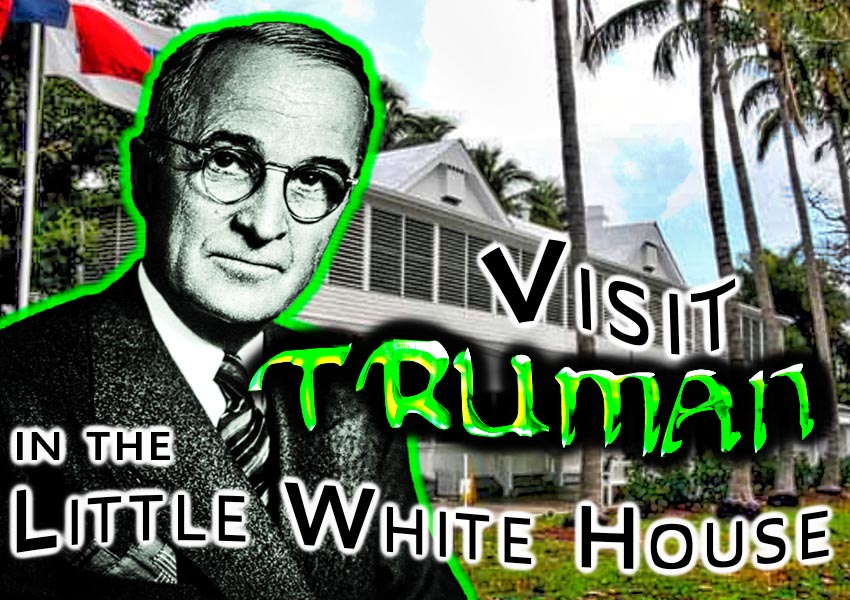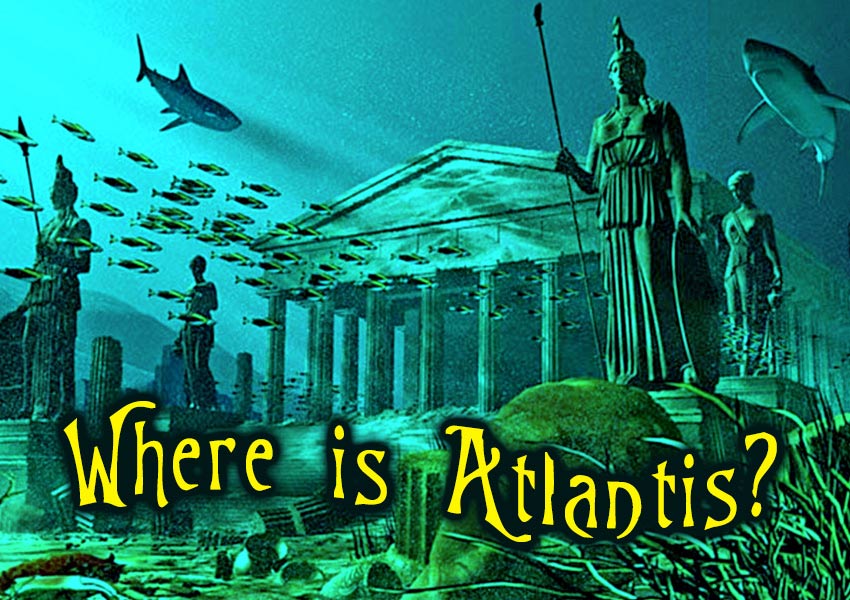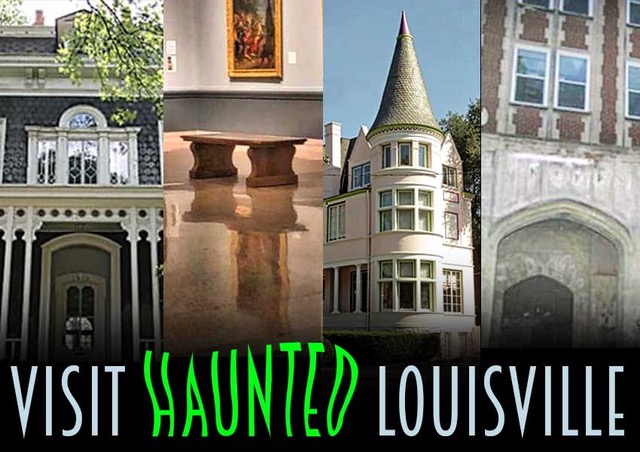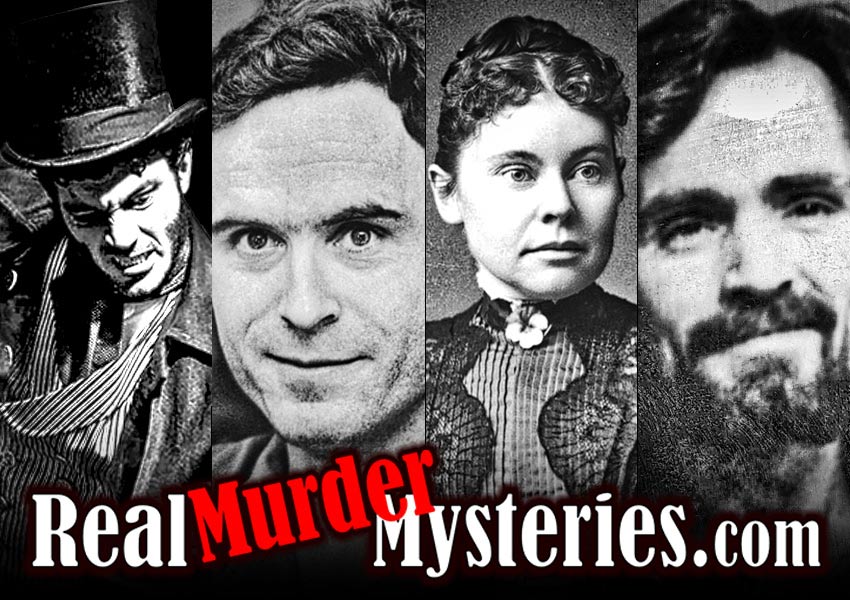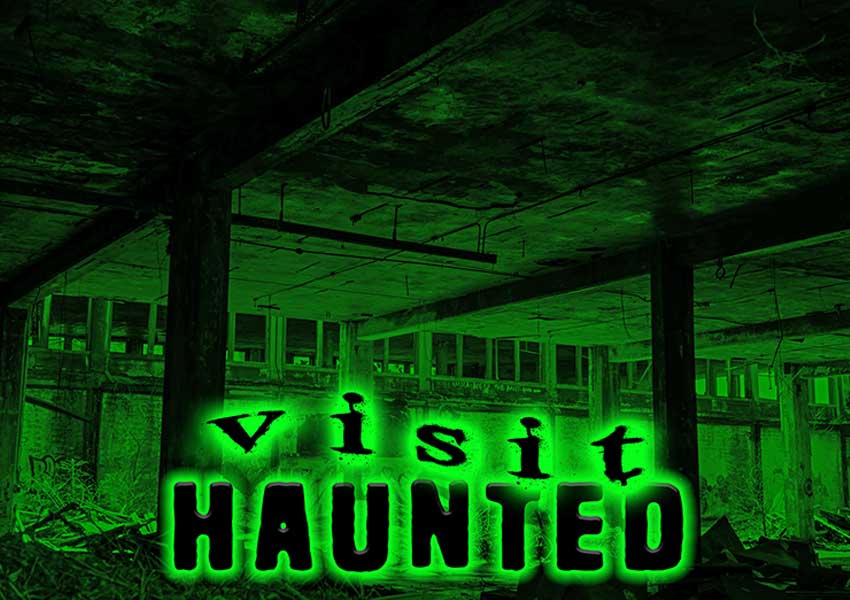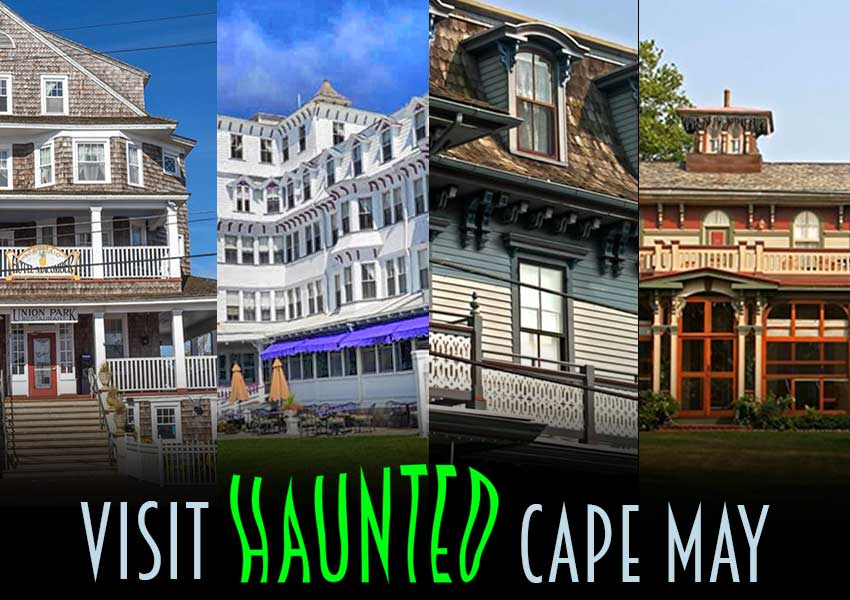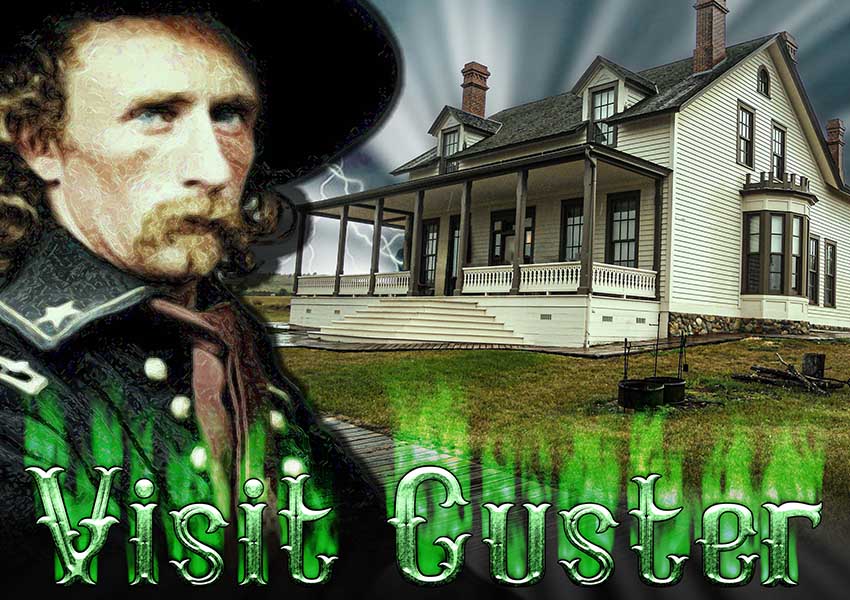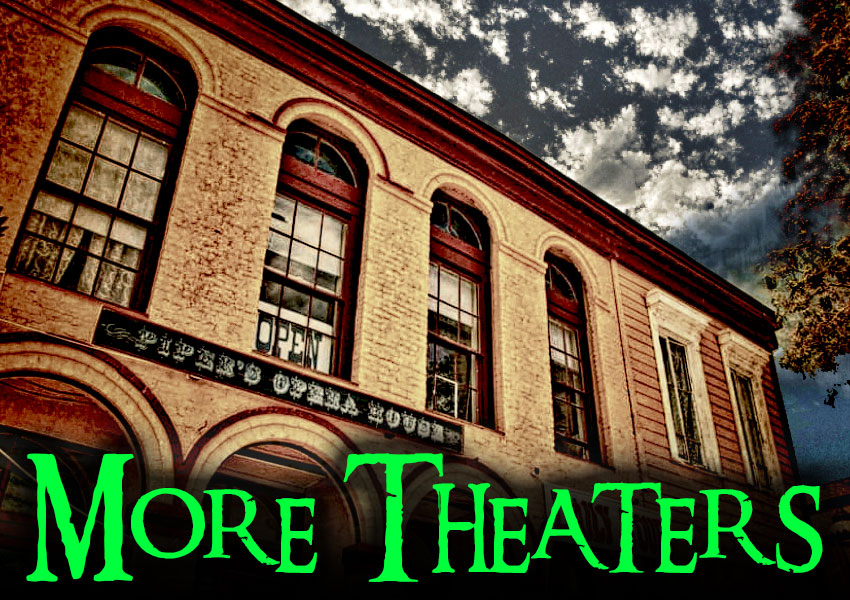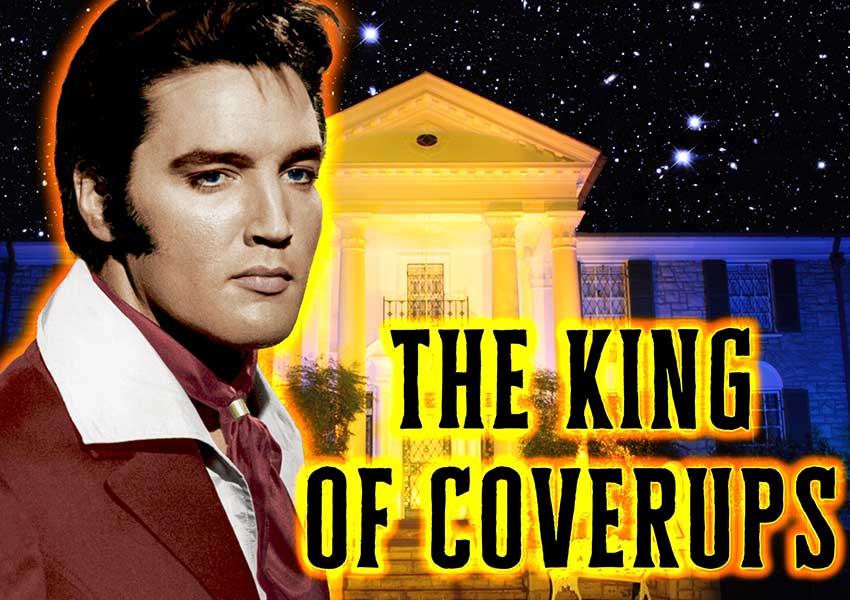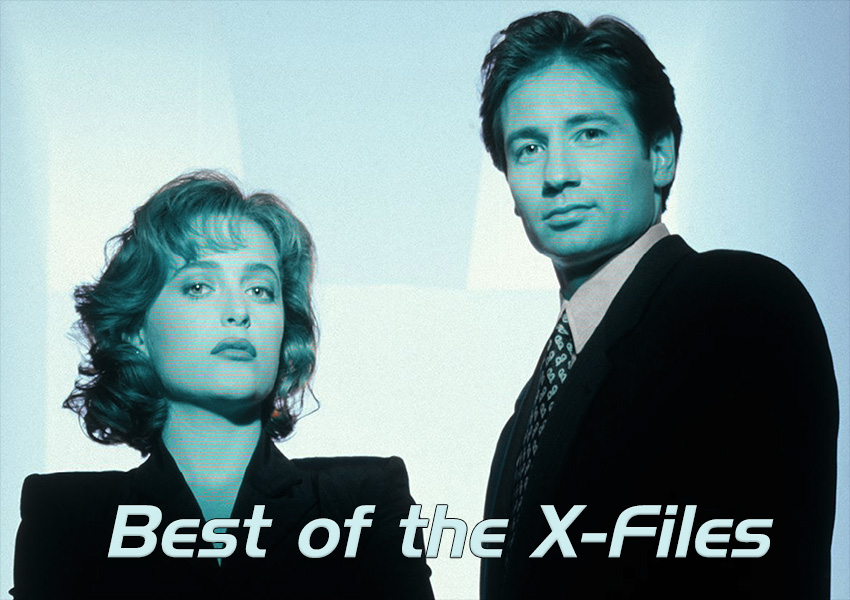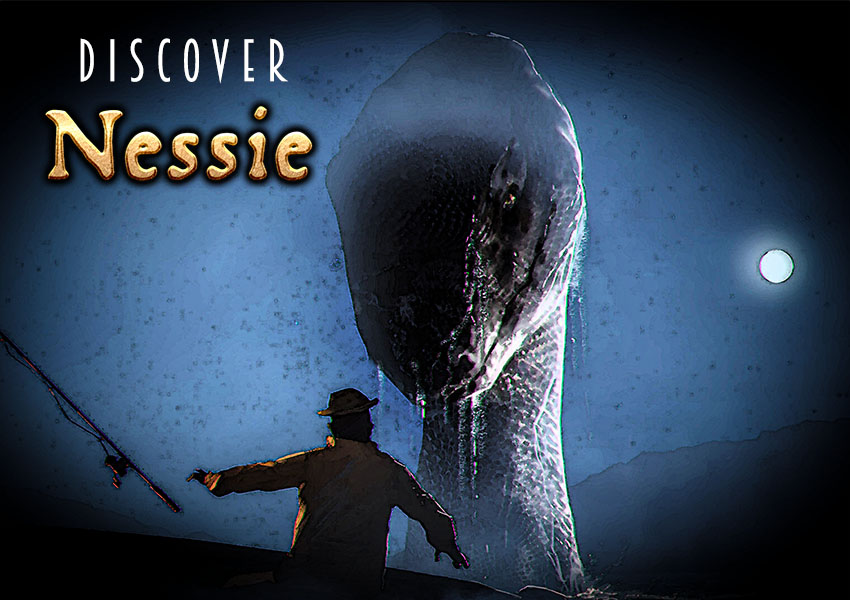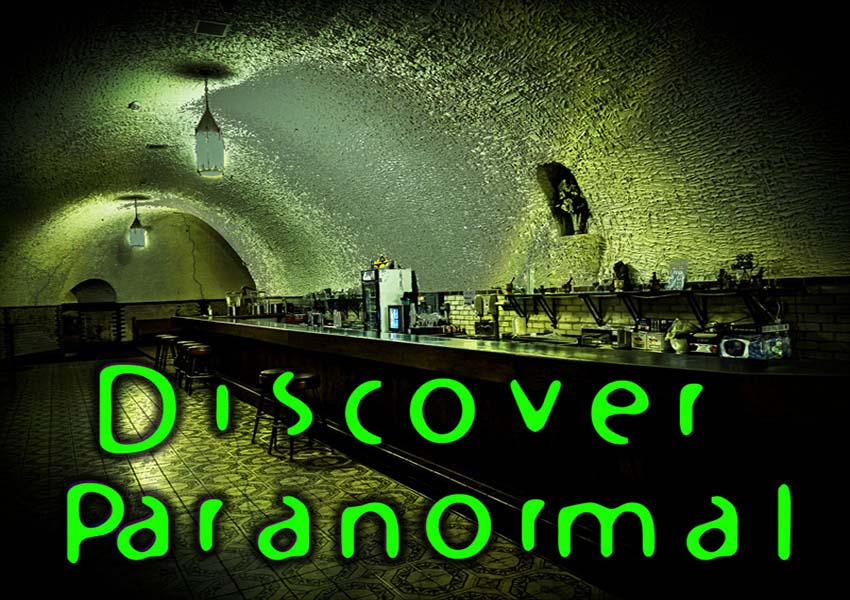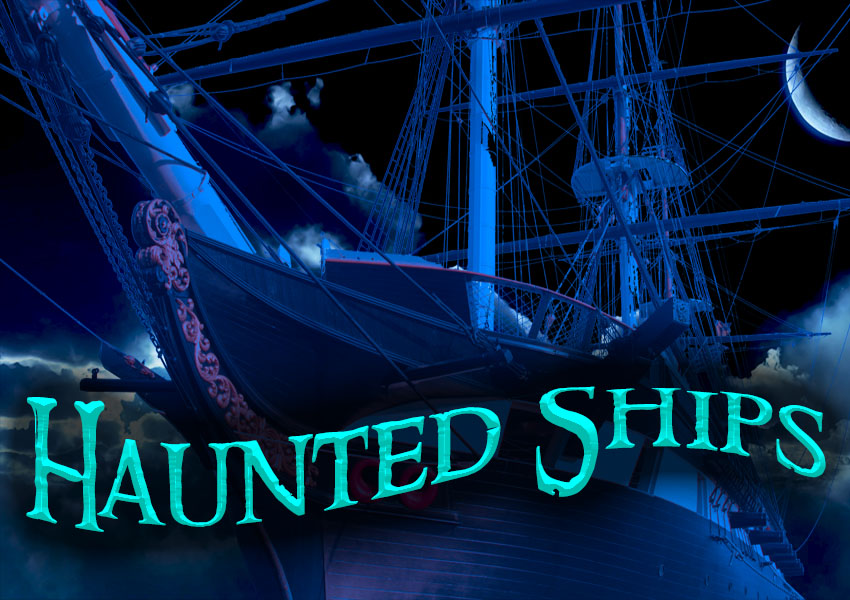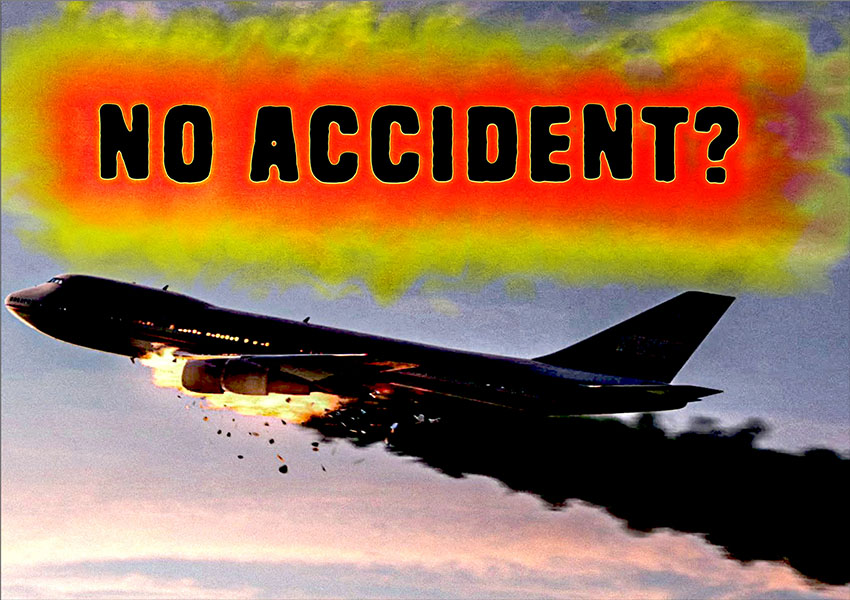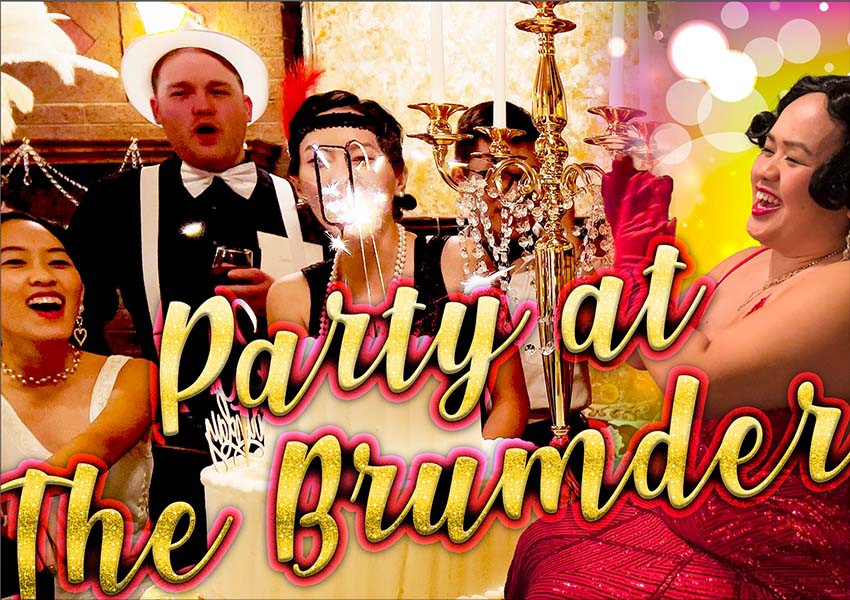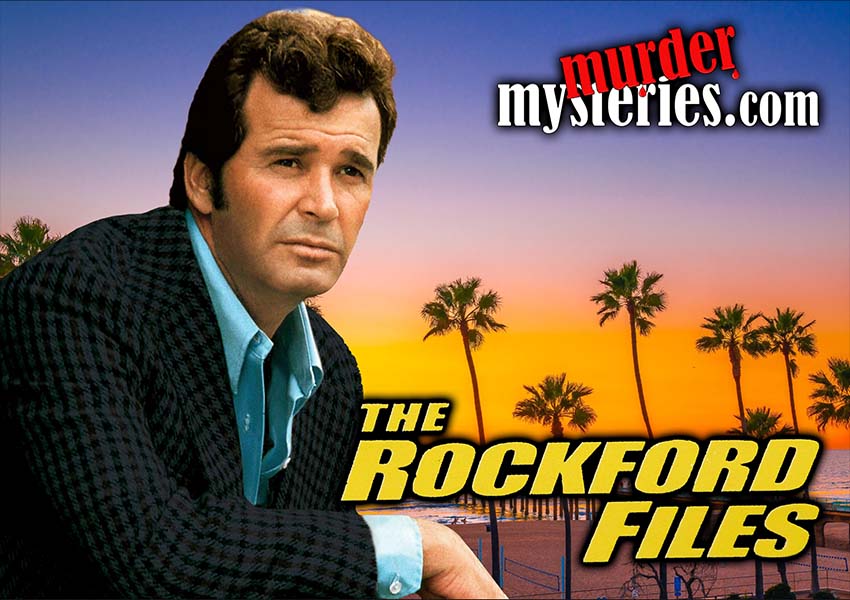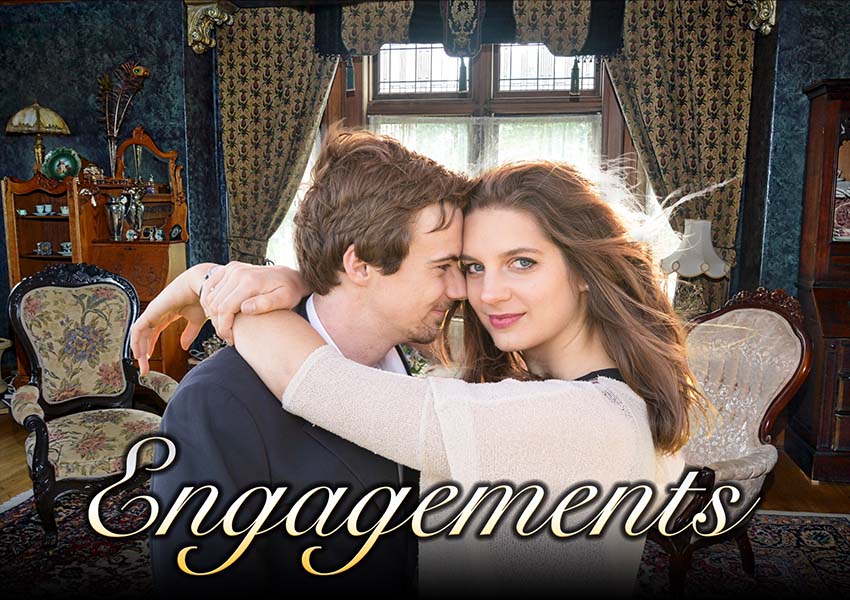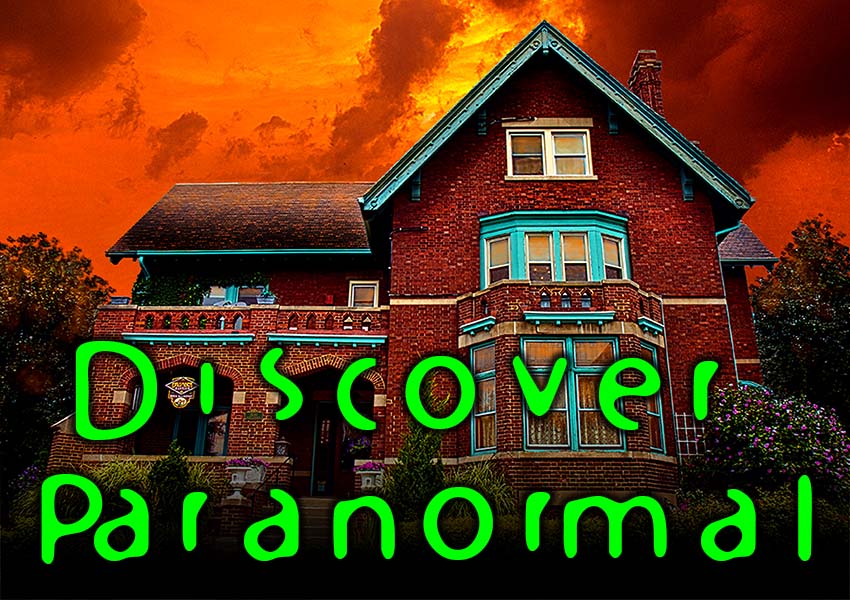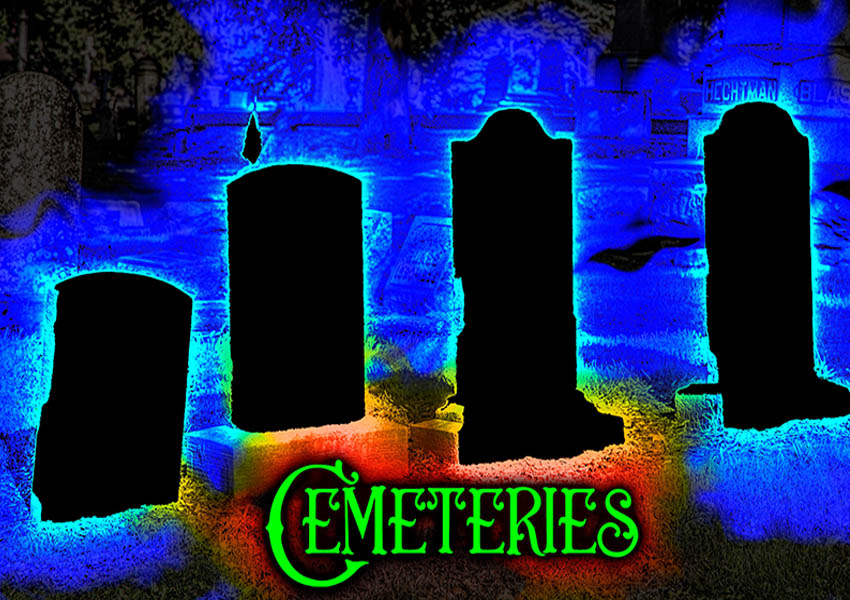Bethlehem Pennsylvania
Sun Inn
The Inn that offered wonderful hospitality still has its spectral fans.
Some protective spectral guests watch strangers closely…
A former spectral champion fund raiser keeps an eye on the people in charge.
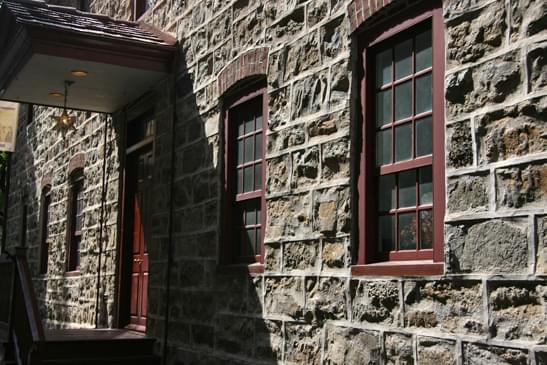
DESCRIPTION/HISTORY OF DEVELOPMENT
The Sun Inn building is a large, rectangular solid limestone, 2 1/2 story building built by the Moravians in 1758 to last through many generations, with the help of many owners and citizens. It has long been a commercial building, being some sort of tavern/inn or restaurant through its rather long history. According to The Library of Congress web page, The Moravian Sun Inn was “constructed of native limestone, had a gable roof (with a shed roof and jerkin-head), two shed dormers, a central dormer with a segmented arch, central chimneys, and vaulted cellar”. As it was often the case in buildings in this era, the rooms of the Moravian Sun Inn were located off a wide central hall. On the first floor, there was a “common” room, kitchen, and inn keepers office and quarters.
As is often done when a building is long-lasting, over time, the owners had altered the original structure to meet the needs of the businesses that occupied this place. In 1826, it was decided that The Moravian Sun Inn was too small, and that a third story was needed. Seventeen new rooms were added on this third floor, perhaps making this property more attractive for the real estate market in 1830, when the Moravians sold it to new owners. After 1830, this establishment was known simply as THE SUN INN.
In 1866, more renovations to The Sun Inn were made, making it larger, with the result of nearly swallowing up the original inn structure, which was the custom. The tendency was to build around the existing structure, as was done at The Logan Inn, in New Hope, Pennsylvania.
In the 1850s, business must have been great, for a fourth story was added, covered with a flat roof. Shops were installed on the street level. In 1921, brick veneer was added, and the interior and floor levels were changed. It became a modern era ’20s hotel, looking nothing like the original inn, in the name of progress.
Today in 2011, while not much of the original structure survived, the building has been carefully, authentically restored, and rebuilt, according to the original intended architecture, thanks to careful study of the detailed Moravian archives by The Sun Inn Preservation Association. Much had to be undone, and thankfully the Moravians kept very careful records and blueprints. The third and fourth floors were removed, as well as the other “improvements”, resulting in turning back time, presenting the building that the Moravians constructed, leaving the original 2 1/2 floors, the cellar, and the original building’s features. Also, because of these careful records, the interior of The Sun Inn is also authentic, with the redone Colonial decor on display as well. The Moravian archives have been invaluable, and are studied to provide more information, as they are the basis of knowledge needed for reproducing costumes, menus and further decorating projects.
During a tour, a knowledgeable docent, dressed in period costume, teaches about The Sun Inn’s history, and all the people who came here; including our founding fathers, merchants, Indians, travelers and refugees from war. The first floor is home to a living museum, where the visitor steps back in time, is led through three examples of 18th century living; the Gaststube, bedroom suite and old kitchen. Visitors are given the opportunity to experience 18th century life in a tavern and a village like Bethlehem, exploring the various domestic skills needed, through hands-on activities.
The second floor has also been put to work, to raise money for the upkeep of this building. There are 3 rooms that are available for private and public use. “The Great Room” can have a large crowd, up to 50 people. “The Front Room” and “The Tile Stove Room” can have events for 25-30 people each. All these rooms are used for special events; receptions, dining, lecture series and meetings for public and private parties. In the summer, people enjoy outdoor dining and festivals, like The Chocolate Festival, and concerts, like The Patriotic Music Concert in the large, landscaped courtyard, that has a colonial flavor.
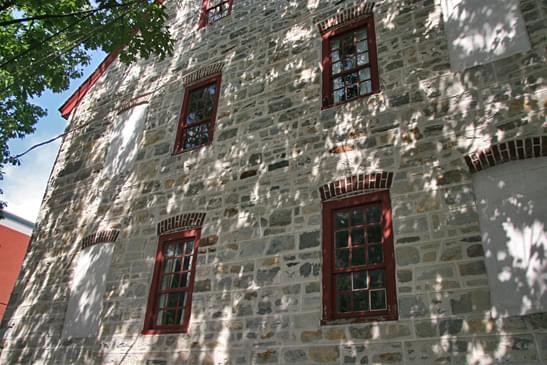
HISTORY/HISTORICAL EVENTS
By the late 1750s, merchants had discovered the profitable business opportunities in Bethlehem. The need for an inn was very much evident, so the Moravians built “The Moravian Sun Inn” to fit the needs of these merchants. The original building was a two story structure, 66 feet (20 m) by 40 feet (12 m) with a mansard roof; a sturdy, fire-resistant structure, typical of this era. The Moravians supported the patriots, so it is not surprising that many people connected to the American Revolution and the new American government loved staying here. The high quality standards in accommodations, hospitality and service attracted such people as George Washington, John and Samuel Adams, John Hancock, Marquis de Lafayette, Generals Gates, Mifflin, and Sullivan, and 14 members of the 1777 Continental Congress are the known public figures who have stayed at The Moravian Sun Inn. While staying at this inn, the 1777 Continental Congress members held a meeting, and signed The Order of Protection.
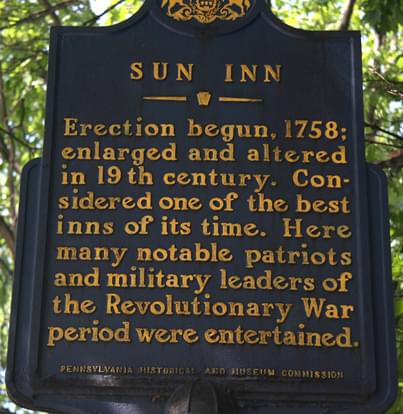
During The Revolutionary War, The Moravian Inn continued to offer comfort and support to American Militia. It wasn’t surprising that the town of Bethlehem became the refuge for Washington’s medical headquarters for the wounded, and as a place to regroup and store military supplies. The Moravian Sun Inn did its part for the cause, cheerfully and with a sense of duty. They gave shelter to many of the refugees fleeing the battle of Brandywine in Philadelphia, as well as taking in some officers that were wounded, like Marquis de Lafayette. In the lowlands that were located behind the Moravian Sun Inn, 900 or so wagons full of supplies for Washington’s Army were parked there.
Fifty-one chiefs and warriors, representatives from of six Indian Nation s, spent the night in 1792, while on their way to meet Washington in Philadelphia. They returned to The Moravian Sun Inn to sign a peace treaty which ended Indian unrest in this area. The Indians received the customary hospitality and kindness shown all guests, and they must have appreciated this treatment.
In 1797, France was furious with The United States, because the Americans had signed a trade agreement with old foes, the British, and had refused to repay what was owed France. The Americans said that the money was owed the monarchy, and not the new, radical French government. Uh oh! This resulted in a semi-war, with French privateers prowling along the eastern United States, capturing many merchant ships. The need of a U. S. Navy became very apparent, so $2 million in new taxes on real estate and slaves; Direct House Tax of 1798, was made the law of the land, modeled after European house tax laws. The amount paid depended on how many and the size of windows someone had in their home.
As Pennsylvania didn’t have hardly any slaves, the brunt of their share of the tax landed on home and business owners, making it a real monetary burden to carry. Many felt that Pennsylvania was made to pay more than their fair share, because they didn’t have the population of other states. This FEDERAL HOUSE TAX was enforced by unpleasant tax assessors, who obnoxiously went around to the towns, counting the number and size of windows. This didn’t sit well with these German American settlers, and a rebellion bloomed, led by an auctioneer, John Fries. U. S. Marshals eventually came and arrested some people and held 17 of them them at The Moravian Sun Inn, turning the building into a prison. Fries came with some forces and freed them. Though Fries and his people were eventually arrested and tried for treason, President John Adams pardoned them, saying that they were ignorant of the law. Never again was a Federal direct house tax law, modeled after European law tried again.
Fifty-one chiefs and warriors, representatives from six Indian Nations, spent the night in 1792, while on their way to meet Washington in Philadelphia. They returned to The Moravian Sun Inn to sign a peace treaty which ended Indian unrest in this area.
From 1830, through the middle of the 1900s, this Sun Inn Hotel continued to offer hospitality and rooms to its guests. By the 1960s, it was in need of major repair; not a very attractive property. By 1971, it had a date with the bulldozer. A ball of energy and dedication, in the person of Hughetta Bender, organized a Sun Inn Association, that bought the property J.I.T., and started the long process of restoration; including the process of raising funds, getting the building on the National List of Historic Places, opening up opportunities for federal grants, and studying the Moravian archives. The actual restoration process began in September of 1979. It was dedicated and reopened in June of 1982. Hughetta lived to the age of 89, and died in 1995. She would be well-pleased with the restored state of The Sun Inn.
HISTORY OF MANIFESTATIONS
Many important people and important events took place in this solid stone building. Everyone who stayed here loved the place and the way they were treated by the Moravians. When a building is restored to its original state, spirits who loved the building while alive sometimes decide to come and stay too!
People who put their love and efforts into a physical building in life often like to stick around to be helpful/protective to the living who take over the care and upkeep of the building.
People who die before they finish their tasks in this world, often are not ready to pass over, and continue to try to do what they were doing while a live.
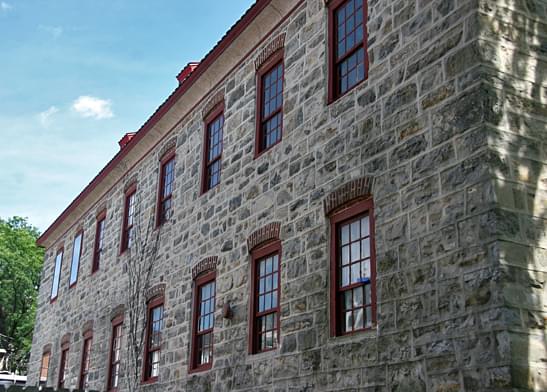
MANIFESTATIONS
Many spirits are thought to make their home here in this building. Looking at its long history, it is not surprising. Listed below are the known spirits residing here.
Spirit of Hughetta Bender
The founder of Sun Inn Preservation Association, and a determined force, dedicated to saving The Sun Inn.
Her apparition was seen in a photo, standing by a window.
She had on her customary white apron, glasses and gray hair. She was identified by a fellow board member who had known her.
Spirit of Nurse Elizabeth Moore
Died at the inn in 1897.
She made contact via an EVP with a paranormal investigation group, identifying her last name, when they asked if Elizabeth was there.
Spirit of a Little Girl
Evidence was gathered in the attic area.
STILL HAUNTED?
A BIG YES INDEED is in order! The spirits are active, and respond to paranormal investigators. It seems that the spirits have become interested in the living, and communicate with the seekers on the many “Ghost Hunts” scheduled at The Sun Inn, which have captured hard evidence to back up the many personal experiences.
A Lehigh Valley Investigation group hit the jack pot on one investigation in 2009, capturing the entity of Hughetta Bender on a photo and also caught several EVPs. One EVP was mentioned above; identified Elizabeth Moore. Another 2 EVPs that were captured, point to another entity or entities, protective of the building, who told the investigators, “We’re watching you.” After an investigator said goodbye to the spirits in the attic, she caught an EVP of a little girl, saying, “Don’t go.” The paranormal investigation group, know as P.H.E.A.R. (Paranormal Help Experiment and Activity Research) has conducted paranormal classes and ghost hunts at the Sun Inn.
Caught on tape at least 15 unknown voices and what they say are sounds like a half-hour long ghosts’ party in the dining room.
At a recent investigation held on March 12, 2011, (P.H.E.A.R.) captured some fascinating EVPs. The following Class A EVPs were captured using an Olympus VN-8100PC digital voice recorder.
- 1) Q: “What tribe are you with?” A: “Iroquois.”
- 2) “Don’t make me angry.”
- 3) “Need water, I’m on fire.”
In October of 2011, The Ghost Hunters TV cable show, led by Jason and Grant, did an investigation for a 2012 episode.
LOCATION
566 Main Street
Bethlehem, Pennsylvania 18018
(610) 866-1758
The Sun Inn can be found in the heart of the historic section of downtown Bethlehem, on Main Street near the corner of Main and W. Broad Street.
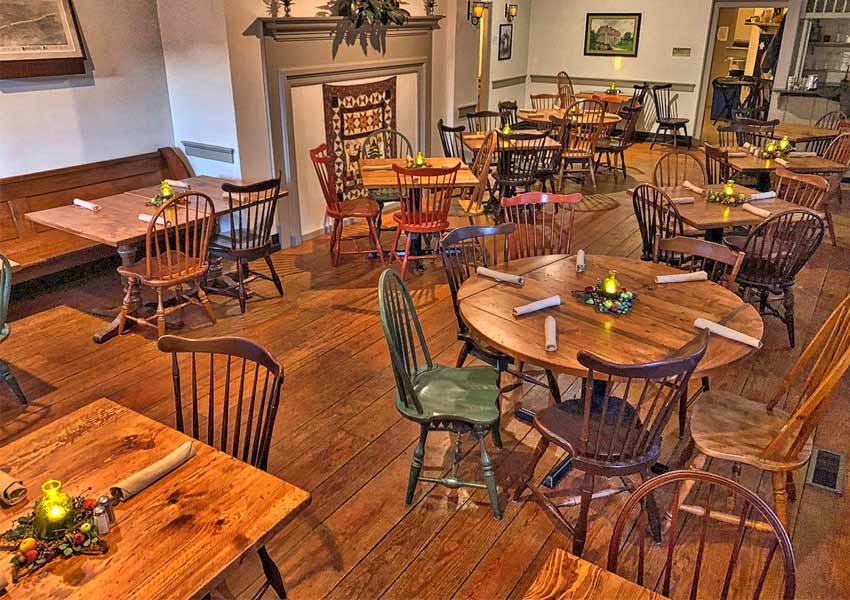
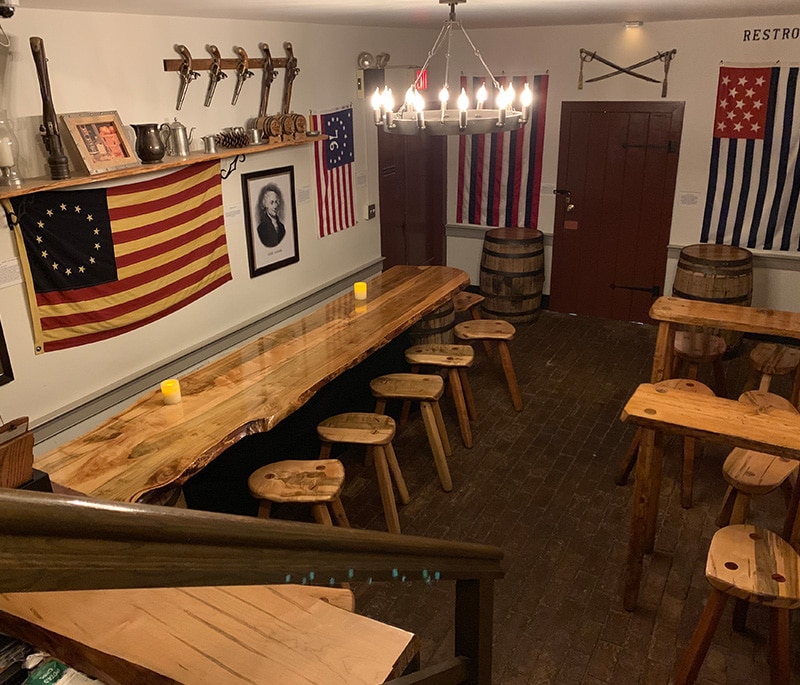
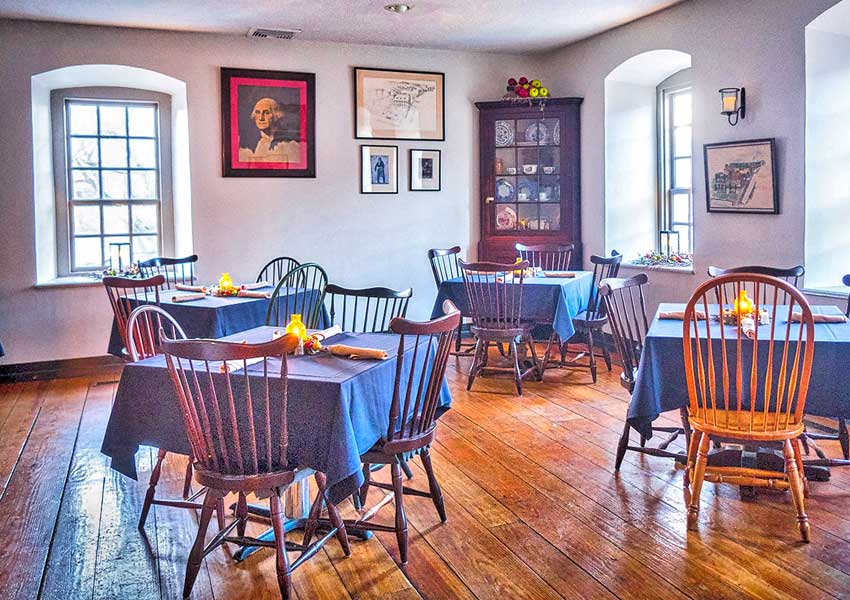
SOURCES INCLUDE
- The Ghost Hunter’s Field Guide
by Rich Newman
Llewellyn Publications
2011 - Paranormal Help Experiment and Activity Research (P.H.E.A.R.)
- suninnbethlehem.org
- en.wikipedia.org
- lehighvalleylive.com
- examiner.com
- en.wikipedia.org
- naturalplane.blogspot.com
Our Haunted Paranormal Stories are Written by Julie Carr

